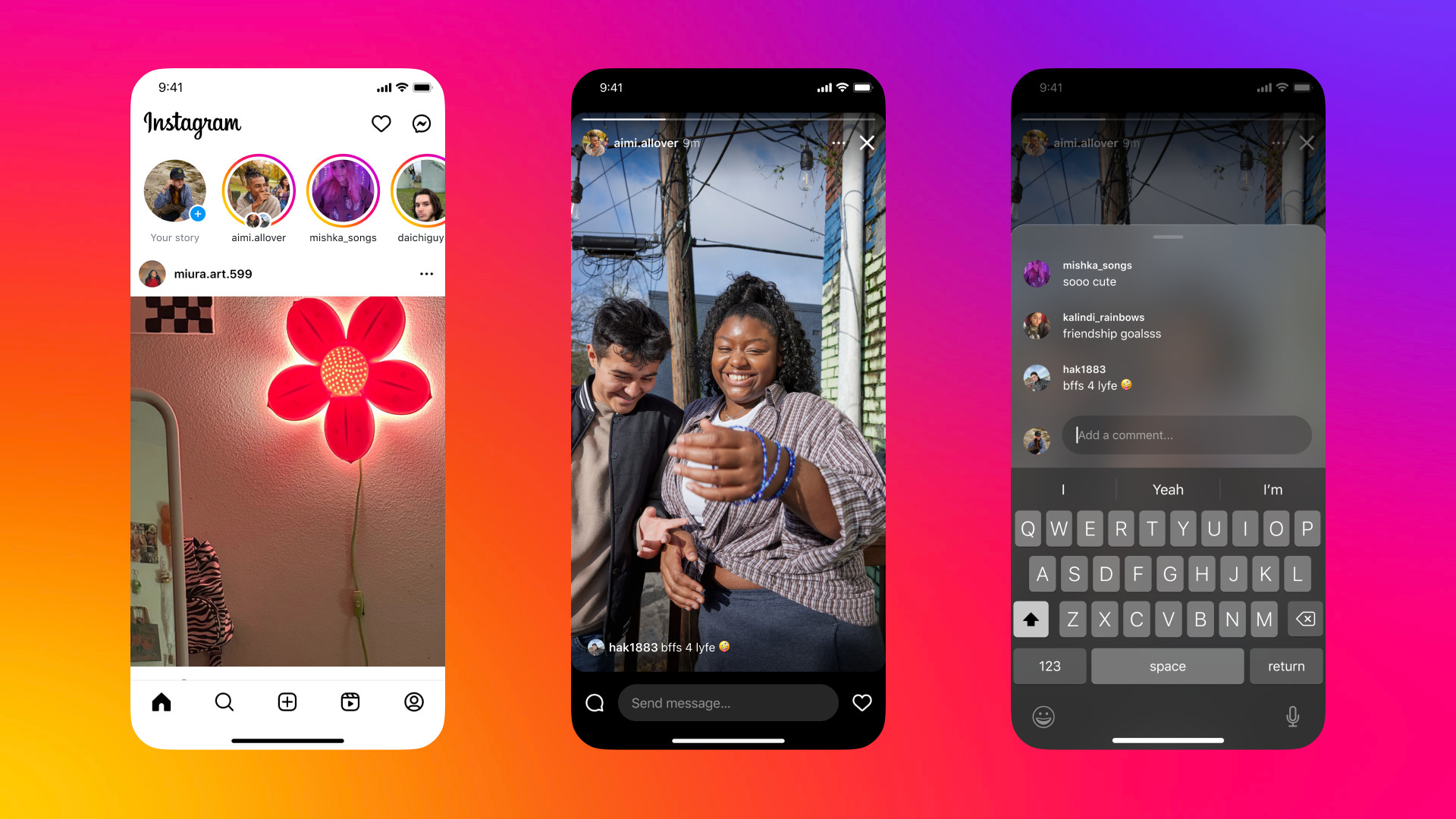Influencer Agency Guides
Influencer marketing keeps growing, but so does the problem of fakes who trick brands with phony metrics. With losses hitting $1.3 billion yearly from bad partnerships, spotting these imposters is more important than ever. Over 49% of Instagram influencers get flagged for fraud, wasting time and money on campaigns that flop. Brands need solid ways to check authenticity before committing. This guide covers what fakes look like, why they hurt, and practical steps to catch them, based on current tools and trends.
These are people or made-up profiles that pump up their numbers to seem influential. They buy followers, use bots for likes and comments, or steal content to fake activity. Some are real folks gaming the system with engagement pods—groups that artificially boost each other’s posts—while others are total fabrications using stock photos or AI-generated stuff. The goal is landing deals without real sway over an audience. Common tricks include sudden follower jumps without good reason or generic interactions that scream automation.
Teaming up with them drains budgets fast. Campaigns might cost thousands but deliver zero real engagement or sales, since fake audiences don’t buy or share. It hits credibility too—consumers spot inauthenticity and lose trust in the brand. About 30% of campaigns tank because of mismatched demographics or bots, leading to skewed data and poor decisions down the line. Smaller brands get hit hardest, but even big ones waste resources that could go to genuine creators.
Catching them mixes manual reviews with smart tools. Focus on patterns that don’t add up.
If someone has tons of followers but barely any likes, comments, or shares, that’s a warning. Aim for 1-3% engagement on bigger accounts; anything way off suggests bots. Watch for generic stuff like “Great post!” or emoji strings—these come from fake interactions. Real engagement sparks conversations, questions, or debates.
To figure it out: Add up likes, comments, and shares over recent posts, divide by followers, and get the percentage. Low numbers despite big audiences mean trouble.
Overnight jumps in followers, like thousands without a viral hit, point to buys. Track growth over time—healthy builds come steady with content. Spikes followed by drops or inactivity scream fraud. Claims of “spam attacks” often cover for purchases.
Vague bios, no real photos, or random usernames are giveaways. Genuine profiles show personality, links to other sites, and consistent themes. Followers should match the niche too—a U.S. travel blogger with mostly overseas bots doesn’t fit.
Scroll through followers: Bots have no posts, weird names, or zero activity. High following-to-follower ratios, like 1:1, come from follow-unfollow schemes. Check if the influencer replies—real ones interact, fakes ignore.
Skip the guesswork with tech. HypeAuditor, Modash, and Social Blade scan for bots, growth trends, and audience quality. SocialBook’s Fake Follower Checker gives a 0-100 score in seconds, spotting up to 35% fakes in some cases and saving big on bad deals. For deeper dives, APIs like Phyllo’s pull verified data from platforms, flagging spikes, demographics, and hidden risks. Tools such as Phyllo’s Social Listening API track sentiment and undisclosed ties, while their screening checks past content for issues. Many offer free trials—use them before any deal.
Go for micro-influencers under 50k; they’re often more real and effective. Always ask for analytics upfront.
Fake influencers are a real drag on marketing, but checking growth, engagement, and using tools keeps them at bay. Stick to authentic partnerships for better results and trust. Agencies like HireInfluence can help vet and connect you with the right ones.





